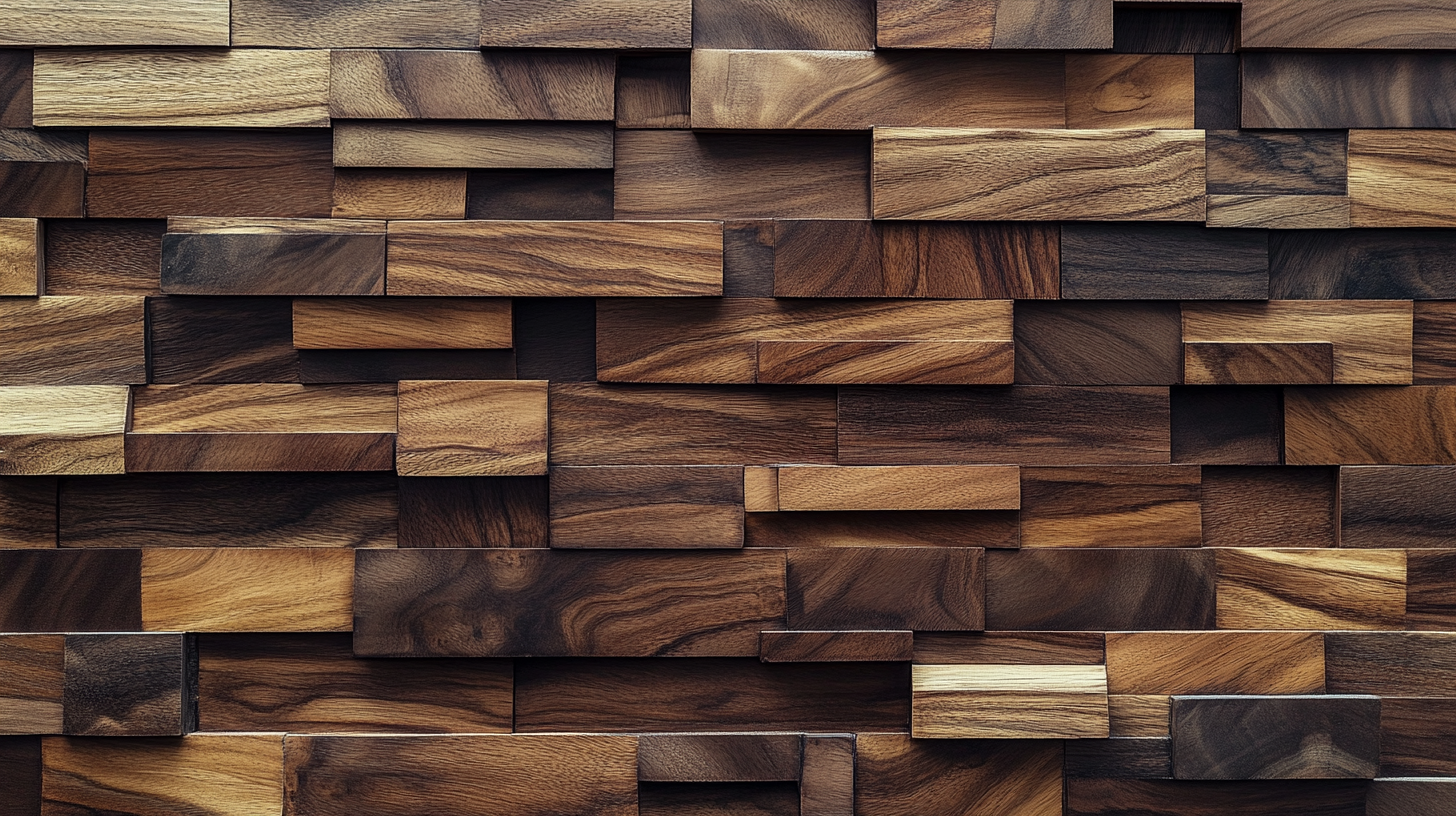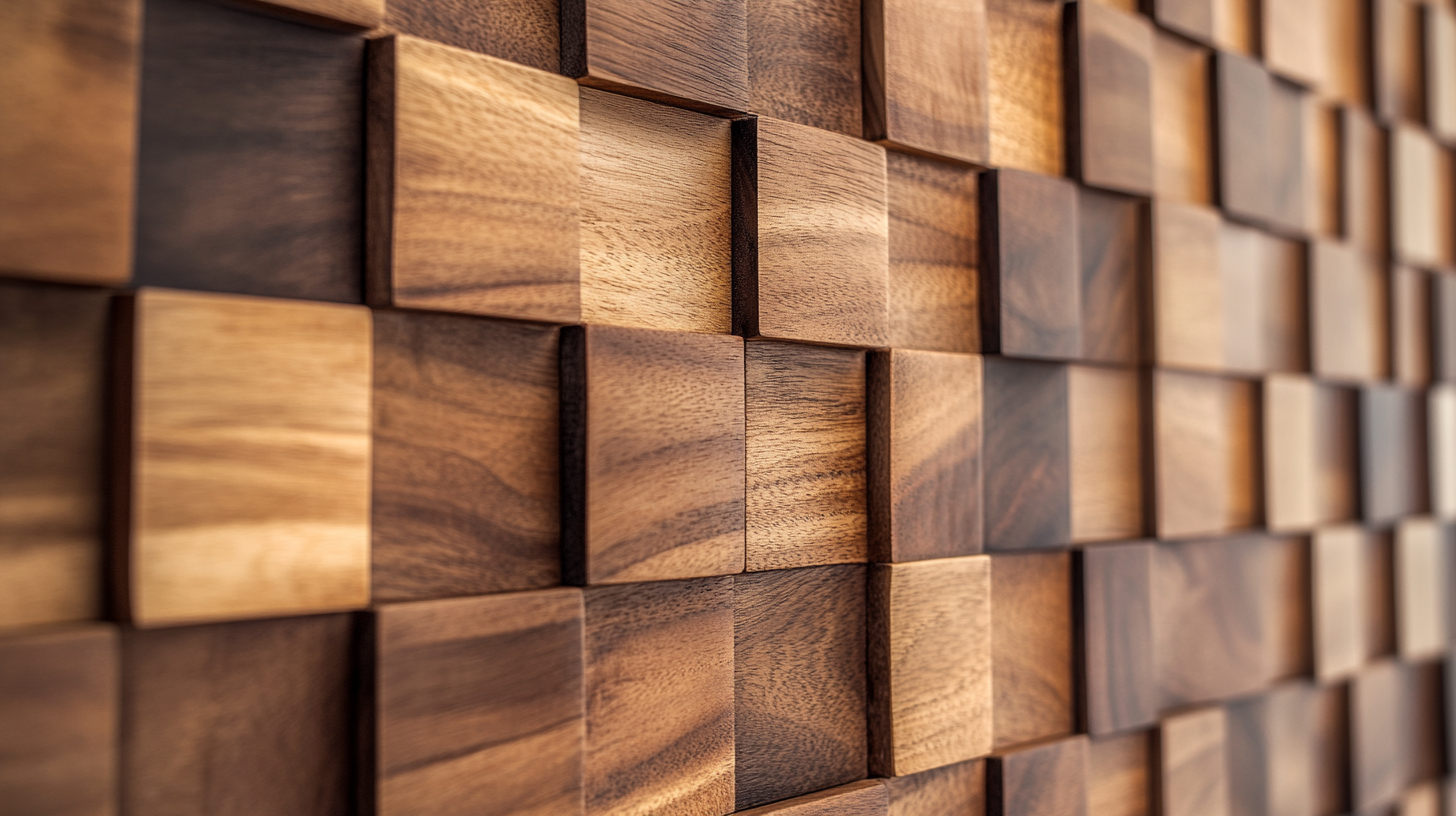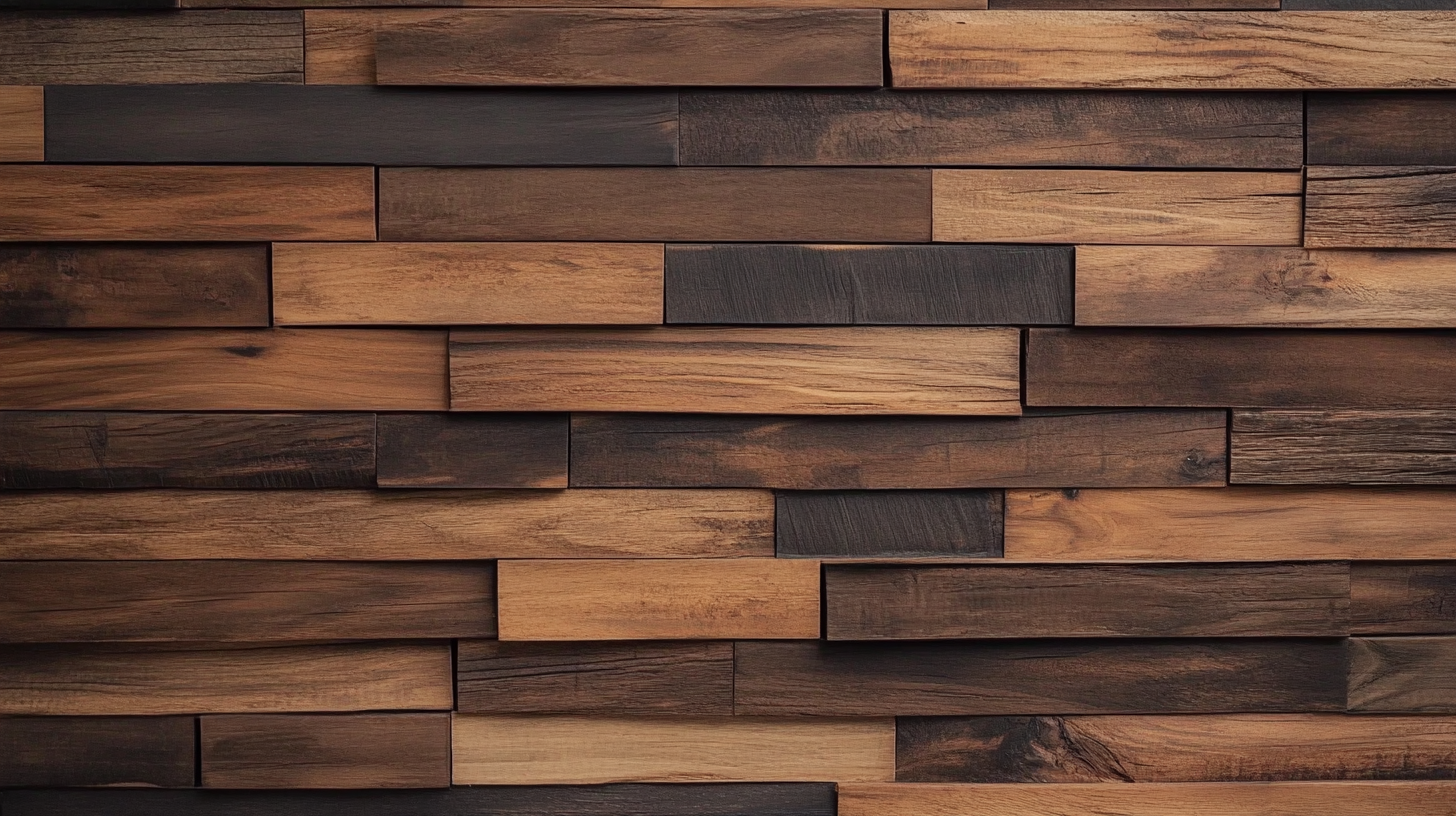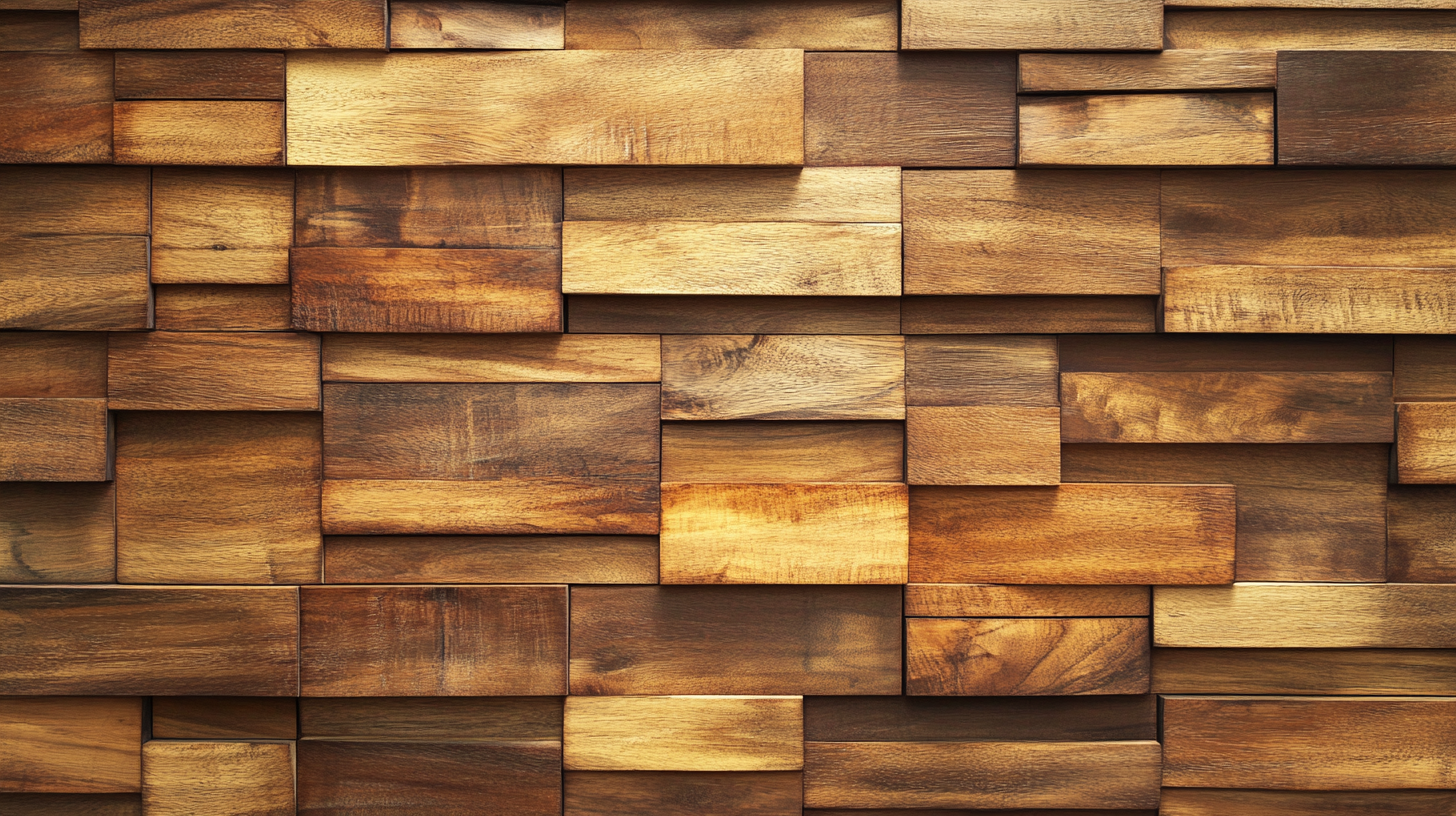Shandong Xiangying New Materials Technology Co., Ltd.
Shandong Xiangying New Materials Technology Co., Ltd.
In the realm of modern interior design, the quest for innovative materials that enhance both aesthetics and functionality is ever-present. One such material that has surged in popularity is the wood wall panel. These panels not only bring natural warmth and texture to spaces but also offer a versatile design element that can complement a variety of styles, from rustic to contemporary. The unique grains and tones of wood create a dynamic visual appeal, making each installation a work of art that resonates with the essence of nature.
Incorporating wood wall panels into interior spaces unlocks a multitude of benefits beyond mere beauty. They provide effective insulation, contribute to sound absorption, and can even enhance the overall ambiance of a room. As homeowners and designers alike seek sustainable and timeless solutions, wood wall panels emerge as a perfect choice, marrying eco-friendliness with sophistication. This blog will delve into the myriad advantages of using wood wall panels, exploring how they can transform ordinary settings into extraordinary environments, and ultimately elevate modern interior design.

Wood wall panels are gaining popularity in contemporary interior design as they offer a unique blend of warmth and sophistication that enhances any space. According to a report by the (insert relevant industry organization or research group), the demand for wood-based materials in interior design has increased by over 30% in the last five years, underscoring their rising aesthetic appeal. This surge is largely attributed to the ability of wood panels to impart a sense of nature and tranquility into urban environments, creating spaces that feel welcoming and serene. In modern design, wood wall panels serve not only as functional elements but also as striking focal points. Expert design trends indicate that incorporating natural materials, such as wood, can significantly elevate a room's visual interest. A survey conducted by (insert design survey source) revealed that over 65% of interior designers believe that the use of organic materials contributes positively to the overall aesthetic and mood of a space. The rich textures and colors of wood create an inviting atmosphere that can seamlessly blend with various design styles, from minimalist to industrial. Furthermore, wood wall panels can enhance acoustics and thermal insulation, making them a practical choice in contemporary spaces. A study by (insert relevant acoustic or environmental study) found that wood surfaces can reduce sound reverberation by up to 20%, which is particularly beneficial in open-plan living areas and busy commercial spaces. As consumers increasingly prioritize both aesthetics and functionality in their interior choices, wood wall panels present a compelling option that satisfies both criteria, affirming their position as a staple in modern design.

Wood wall panels are becoming increasingly popular in modern interior design, and one of the key reasons for their rise in popularity is their unique ability to enhance insulation and acoustics within a space. By incorporating wood panels into interior walls, homeowners and designers can create a warm, inviting atmosphere while simultaneously benefiting from improved thermal performance.
When it comes to insulation, wood is a natural insulator. Its cellular structure traps air, which helps to regulate temperatures within a room. This means that spaces adorned with wood panels tend to remain warmer in winter and cooler in summer, leading to increased energy efficiency and cost savings on heating and cooling. Additionally, wood panels can be utilized in areas needing significant temperature control, such as home offices or media rooms, where comfort is paramount.
Acoustic properties are another advantage of using wood wall panels. Wood's density and structure allow it to absorb sound waves, minimizing echoes and reducing noise pollution from both external and internal sources. This is particularly beneficial in open-plan living spaces or commercial environments where sound can easily travel and create distractions. By using wood panels, designers can curate quieter, more peaceful environments, enhancing the overall quality of life for occupants.

Wood wall panels have emerged as a compelling choice in modern interior design, particularly due to their sustainable nature. By choosing wood, homeowners and designers can significantly reduce their environmental impact. Mass timber, for instance, has proven to be a superior alternative to traditional materials like concrete and steel, showcasing better performance across various factors while also contributing to sustainability. Utilizing wood not only sequesters carbon throughout its lifecycle but also promotes a healthier living environment, making it an ideal selection for eco-conscious interior design.
Furthermore, wood wall panels can enhance indoor air quality, a factor that is becoming increasingly important in contemporary home improvement. Unlike synthetically produced finishes that may release volatile organic compounds (VOCs), wood offers a natural solution that helps purify the air within homes. This aligns perfectly with the growing trend towards eco-friendly materials that boost energy efficiency and lessen carbon footprints in both residential and commercial spaces. As consumers become more aware of their ecological footprint, integrating sustainable wood materials into interior design becomes not just a choice, but a necessity for a greener future.

Wood wall panels have become a popular choice in modern interior design, offering versatility that extends far beyond traditional uses. Their application ranges from accent walls to entire room finishes, creating a warm and inviting atmosphere in any space. According to a recent market report, the demand for sustainable materials in interior design has surged, with an increasing number of consumers opting for wood products due to their eco-friendliness and aesthetic appeal. This trend demonstrates a growing awareness of the importance of using responsible materials in the creation of contemporary spaces.
Accent walls are an excellent way to introduce wood panels into a design scheme, providing a striking focal point that complements a variety of decor styles. However, the flexibility of wood wall panels allows for full room applications as well. Designers are increasingly incorporating wood panels in living rooms, dining areas, and even kitchens, where they can add both character and a sense of continuity throughout the home. Innovations in wood technology, including the development of timber look tiles, have further expanded the possibilities, providing the charm of wood with the durability and ease of maintenance that modern homeowners seek.
Intriguingly, wood slats are emerging as a design trend that adds dimension and texture, going beyond simple paneling. They can be easily installed to create feature walls, ceilings, or even furniture pieces. This DIY approach resonates with the current market's preference for customizable and unique interior solutions. As the interior design landscape continues to evolve, wood wall panels and slats will undoubtedly remain at the forefront, offering stylish and sustainable options for both homeowners and designers alike.
Wood wall panels are an exquisite choice for modern interior design, but their longevity greatly depends on proper maintenance. According to a report by the American Wood Council, regular care can extend the lifespan of wood products by up to 20 years, highlighting the importance of maintenance strategies for wood wall panels.
One essential tip is to maintain a consistent indoor humidity level. Wood is a natural material that can expand or contract with changes in humidity. The ideal humidity range for wood interiors is between 30% and 50%. Using a humidifier or dehumidifier can help stabilize the environment and prevent warping or cracking, thus preserving the aesthetic appeal and structural integrity of the panels over time.
Another significant aspect of maintenance is regular cleaning. Dust and dirt can accumulate on wood surfaces, leading to dullness. A report from Wood Magazine suggests using a soft cloth and a mild cleaner specifically formulated for wood regularly to maintain its finish. Avoiding abrasive materials and harsh chemicals is crucial, as they can damage the wood’s surface and lead to premature wear. It’s also advisable to apply a protective finish every few years, which can shield the wood from moisture and staining, ensuring the panels remain vibrant and appealing.
By following these maintenance tips, homeowners can unlock the full potential of wood wall panels, allowing them to enhance interior spaces while ensuring their durability and charm for years to come.
